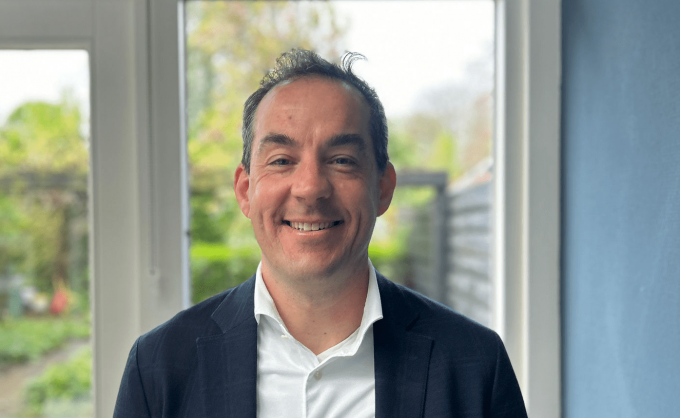New Moerdijk-Duisburg barge service 'an important alternative to trucking'
German retailer Lidl’s in-house shipping and logistics arm, Tailwind Shipping, has joined a consortium of ...

Dutch shipowner WEC Lines is undergoing “open heart surgery” in its goal to combine shipping and logistics, recently appointed CEO Caesar Luikenaar (above) told The Loadstar.
WEC Lines has remained focused on its role as a shipping line throughout its 50-year existence, currently seeing some 80% of its turnover from shortsea feeder operations in Europe, while niche services in the Africa region, focusing on commodity trades, account for the remaining 20%.
However, the line is now looking to “stand on its own ...
Volcanic disruption at Anchorage could hit transpacific airfreight operations
Macron calls for ‘suspension’ – CMA CGM's $20bn US investment in doubt
Forwarders stay cool as US 'liberation day' tariffs threaten 'global trade war'
De minimis exemption on shipments from China to the US will end in May
Shippers snap up airfreight capacity to US ahead of tariff deadline
Tighter EU import requirements proving 'a challenge' for forwarders
Looming Trump tariffs will create 'a bureaucratic monster' for Customs

Comment on this article